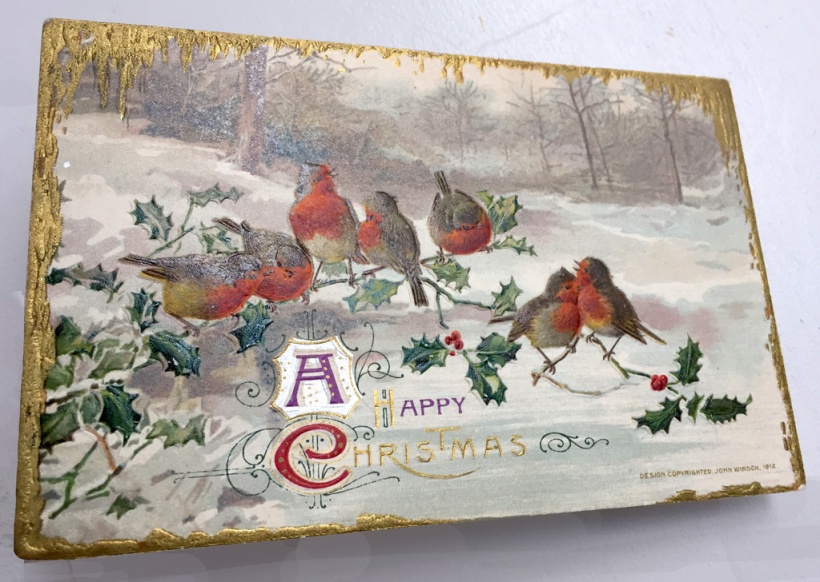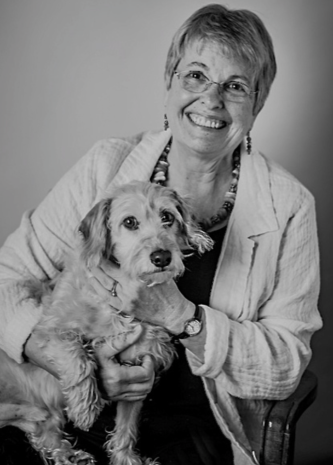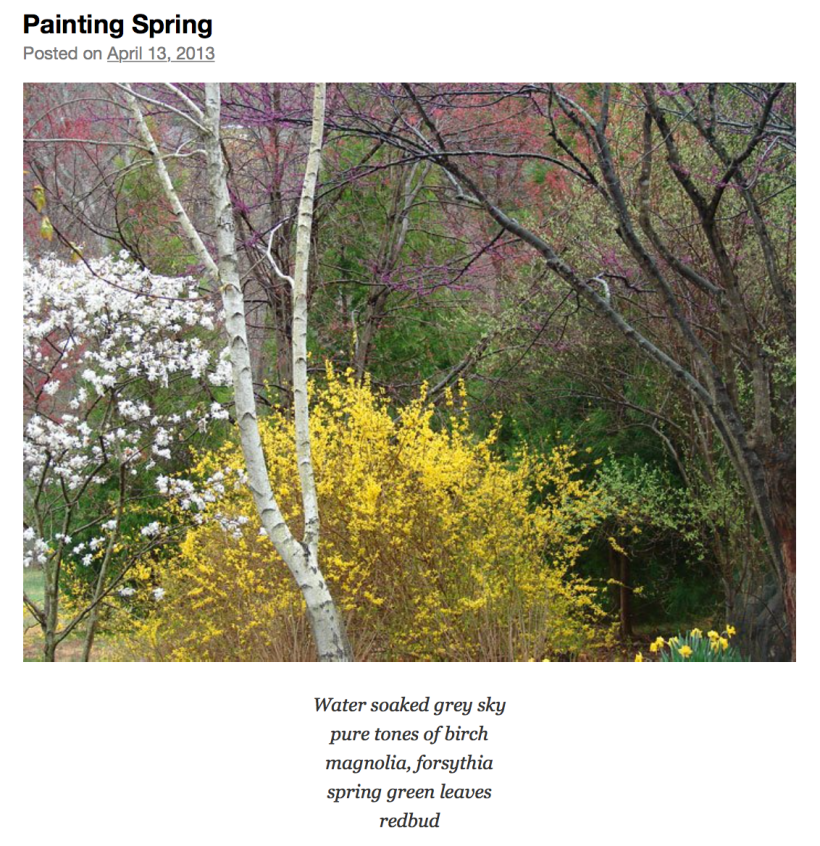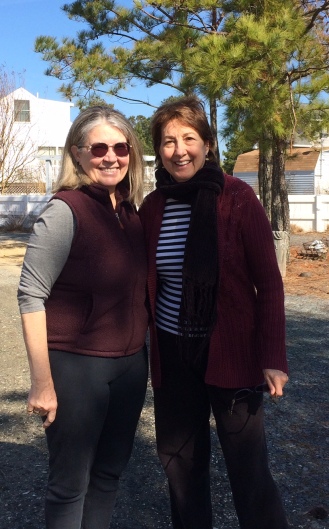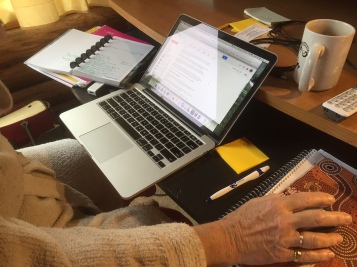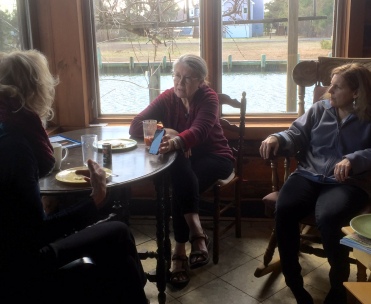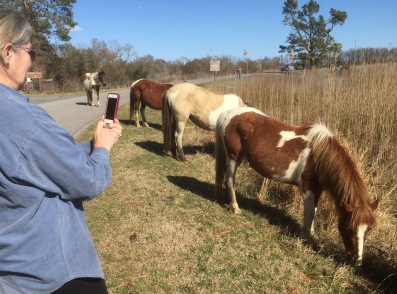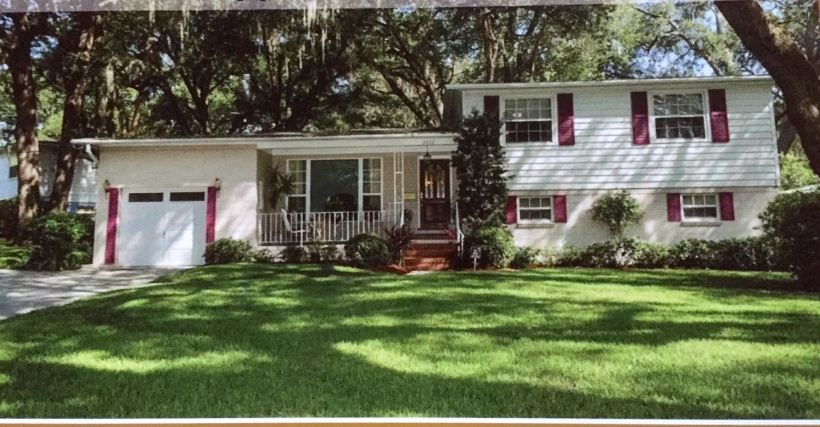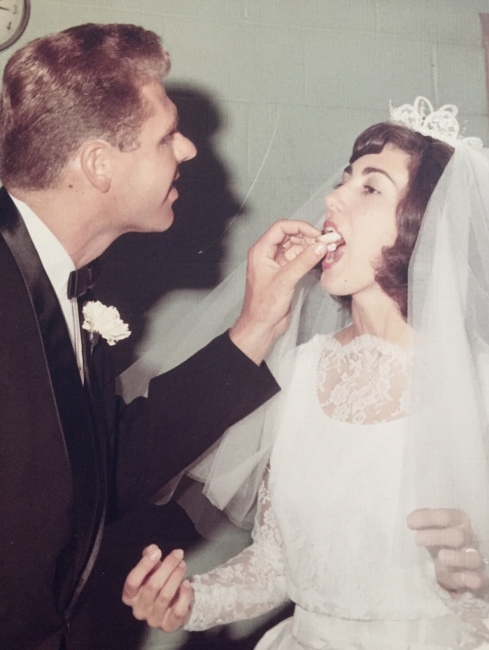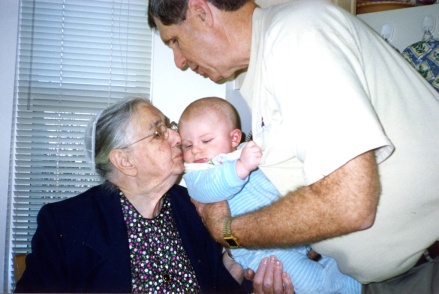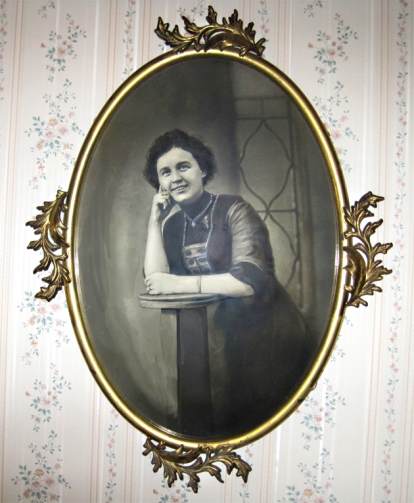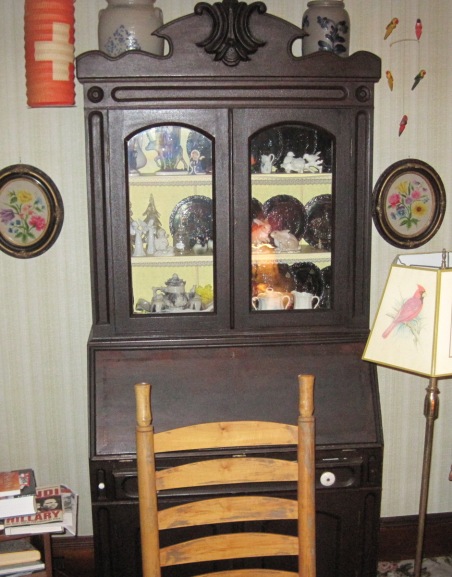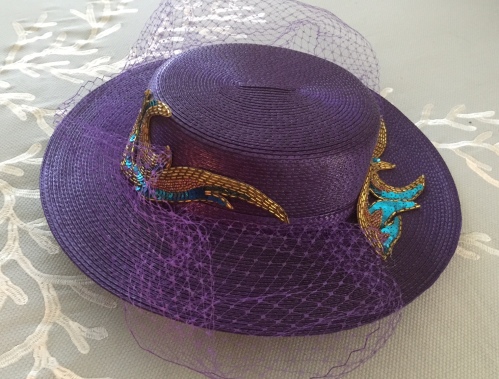When I was a little girl, my Aunt Ruthie painted this wooden dish with a lamb and the Bethlehem star. She made one for each of my sisters too. I’m sorry there is no date though I imagine we were in elementary or middle school in the early 1950s.
Christmas scenes always include animals. A donkey, lamb, and sheep usually surround the manger scene with the Christ-child as the focus. Sometimes camels too, though missing from this nativity scene . . .

A Dog
Victorian postcards also pictured animals. Some in my stash include an adorable chocolate-colored puppy embossed by a floral-frame already imprinted with 2-cent postage.
A Flock of Birds
I was surprised to find a card addressed to Mrs. Samuel Martin, my Great-Grandmother. Mary Horst Martin, a robust, warm-hearted woman whose mother died in childbirth, and orphaned after her father died in a logjam on the Susquehanna River near Middletown, Pennsylvania.
My sisters and I wish we could have known Great-Grandma Mary, who never met a stranger. “Just put an extra board in the table,” was her motto when unexpected guests came to her door. She also had a practical streak and opened wide the “door” of her bodice if she got too hot in the kitchen. In the photo here I see some mischief playing in her eyes, her hands folded “just so” probably at the photographer’s prompt. And although she wore a covering, her white ribbon slightly askew, it probably did not put a lid on her free spirit.
The card she received featured large-breasted birdies in the snow.
Mary was a farmer’s wife with a rural delivery address (R. D.), and her friend Stella, probably from Middletown, gives instructions to “come up to the house” when she is in town.

A Designing Woman with Gifts
When she was in her twenties, my Grandma Fanny received this card from Barbara, who would be considered now a millennial, communicating through iMessage, Instagram, or Snapchat.
Her unedited message on the reverse side of the card (punctuation missing) appears in neat penmanship:
Hello Fannie times look very suspicious down here, from away up yonder you know. Ha! Ha! If I could only tell you the rest. You can imagine. How do they look up there? And sure enough you expect to entertain me on Xmas ha! A Merry Xmas and A Happy New Year to all.
And then on the face of the card above: “Yours you bet, Barbara!”
The untethered gifts that exceed the grasp of the young, demure woman on the card may suggest that the “treasures of dear remembrance” mean more than a gift wrapped up with a bow. But maybe not . . .
What do you imagine she is thinking?
Can you identify the breed of bird in the postcard?
What else stands out for you in Christmas correspondence?
MERRY CHRISTMAS, HAPPY HANUKKAH, AND HAPPY KWANZAA!




